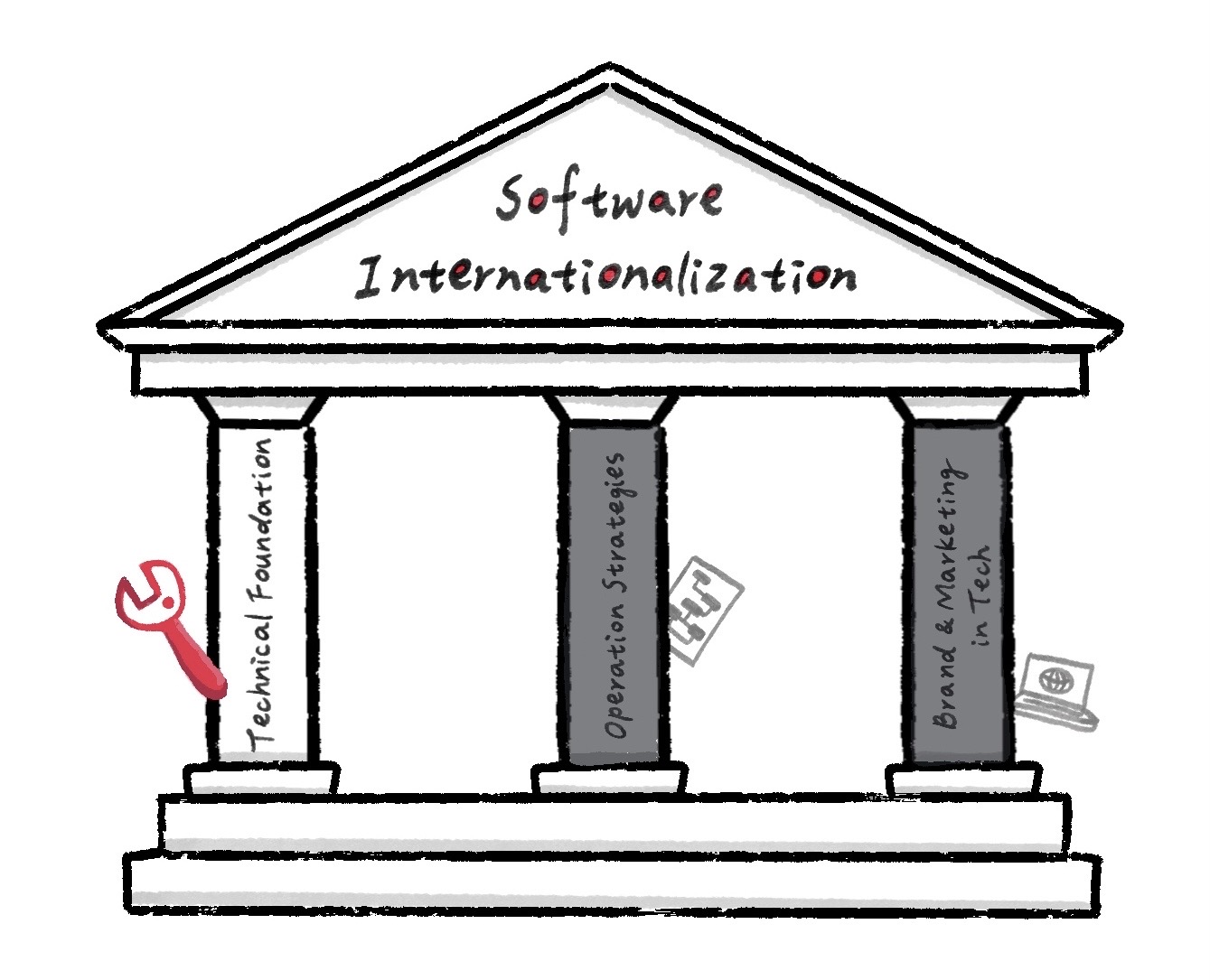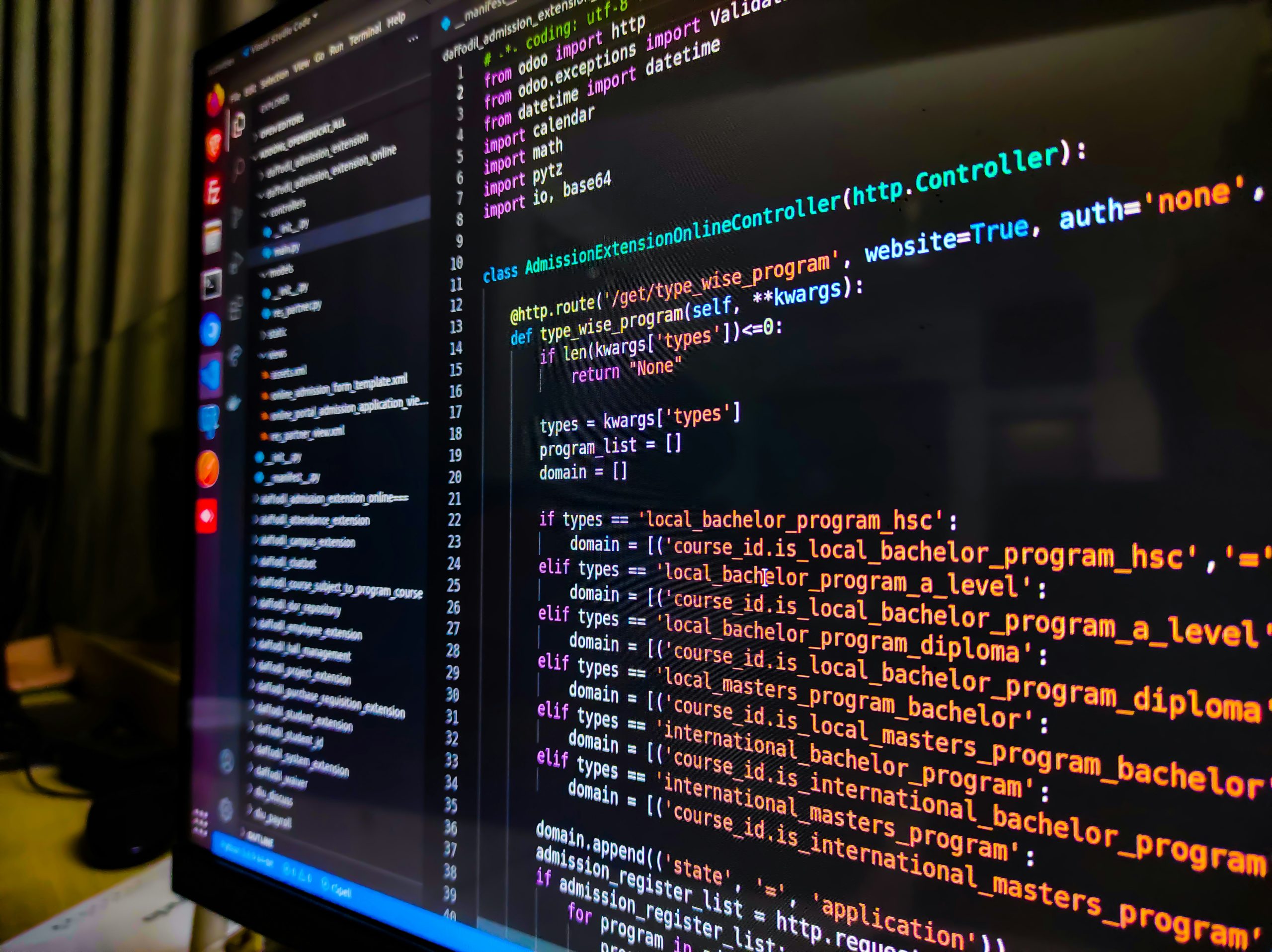How to Prepare Software for I18n – Pillar I: Technical Readiness Checklist
2025.11.09Internationalization (i18n) is often a last-minute thought in software development, leading to problems like inefficient workflows, broken user interfaces (UIs) with text overflows or layout shifts, and brand-damaging content due to mistranslations or cultural insensitivity. The challenges are compounded by the fact that similar problems often need to be solved repeatedly across different languages, all while new, language-specific issues continuously emerge. To break free from this cycle of reactive fixes, teams must shift from a purely tactical translation mindset to a proactive, strategic approach to internationalization. Linguitronics will guide you through this journey with three posts on i18n strategies, providing a 3-Pillar Framework that will help you diagnose, categorize, and resolve these common i18n challenges from the ground up. This framework breaks down the complex journey of internationalization into three core areas: Preparing software for international use often involves addressing structural flaws in its code, architecture, and design. These issues can prevent proper functionality across different linguistic and regional contexts, leading to common pain points: A thoughtful approach during development and localization is crucial for building global-ready software. You might consider including the following on your checklist: By strategically addressing foundational and technical readiness, software development teams can proactively overcome common internationalization hurdles. This proactive approach not only streamlines the localization process but also lays the groundwork for creating a truly global product that resonates with diverse users worldwide. Technical readiness is a crucial first step. In “How to Prepare Software for I18n – Pillar II: Automation & Tools Strategies," we will delve into managing localization at scale by exploring workflow automation, leveraging language assets, and deploying tools to enhance quality and speed. Stay tuned!

Does Your Software Have These Common I18n Technical Pain Points?

Laying the Foundation — An I18n Technical Readiness Checklist

How to Prepare Software for I18n – Pillar I: Technical Readiness Checklist

Transcreation and Why It Matters to Your Business Capabilities

All You Need to Know About ISO 17100
